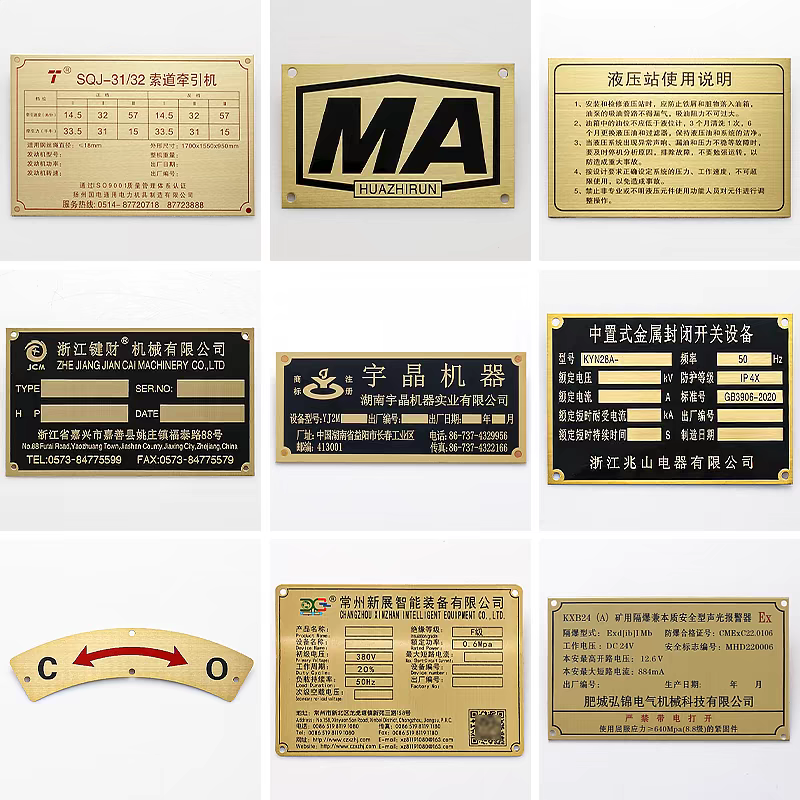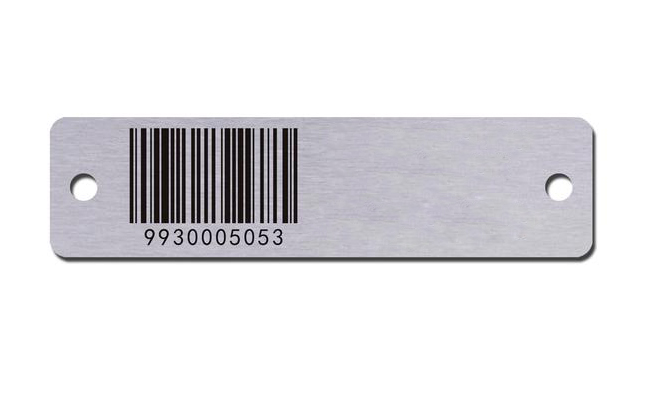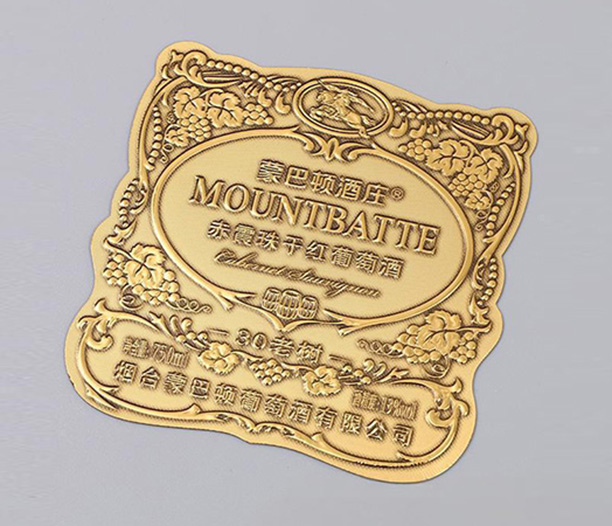The safe consumption of shellfish – oysters, clams, mussels, and scallops – hinges critically on one seemingly simple tool: the shellstock identification tag. This unassuming piece of documentation is the cornerstone of seafood safety, traceability, and regulatory compliance worldwide. Understanding the intricacies of shellstock identification tags is vital for harvesters, dealers, processors, regulators, and even consumers who care about the origin and safety of their seafood. This article delves into five essential aspects of these crucial tags.

1. The Regulatory Imperative: Why Shellstock Identification Tags Are Mandatory
Shellstock identification tags are not optional; they are a fundamental requirement enforced by stringent food safety regulations. In the United States, the primary governing framework is the National Shellfish Sanitation Program (NSSP), a cooperative program involving the U.S. Food and Drug Administration (FDA), the Interstate Shellfish Sanitation Conference (ISSC), and state regulatory agencies. Similar rigorous programs exist globally (e.g., the EU's regulations on food traceability).
The core mandate is clear: every container of shellstock (live shellfish in the shell) must bear a shellstock identification tag at the point of harvest and must remain attached throughout the entire distribution chain until the container is emptied. This is non-negotiable. The regulations specify the exact information required on the tag, its physical characteristics (durability, waterproof), and how it must be attached.
The driving force behind this mandate is public health protection. Shellfish are filter feeders, meaning they can concentrate pathogens (like Vibrio vulnificus, Vibrio parahaemolyticus, norovirus), biotoxins (like those causing Paralytic Shellfish Poisoning - PSP), and chemical contaminants from the water in which they live. Shellstock identification tags are the first and most crucial link in a chain of traceability designed to:
Rapidly Identify the Source: In the event of an illness outbreak or contamination incident, tags allow investigators to instantly trace the shellfish back to the specific harvest location (bed, lot, or growing area) and date.
Enable Targeted Recalls: Instead of recalling all shellfish, authorities can use tag information to pinpoint and recall only the affected product, minimizing economic damage and protecting unaffected harvest areas.
Verify Harvest Area Status: Tags prove shellfish were harvested from areas that were classified as "approved" or "conditionally approved" at the time of harvest. Harvesting from closed or prohibited areas is illegal, and tags are the primary evidence of legality.
Enforce Regulations: Tags provide regulators and dealers with verifiable proof of compliance regarding harvest location, date, and harvester identity.
2. Anatomy of a Compliant Shellstock Identification Tag: What Information Must It Contain?
A compliant shellstock identification tag isn't just a sticker or a scribbled note. It's a standardized document designed for clarity, durability, and information completeness. Regulations meticulously dictate the minimum information required, typically including:
The Harvester's Identification: The full name or identification number assigned by the regulatory authority to the person or vessel harvesting the shellfish. This assigns responsibility.
The Harvester's License or Permit Number: The unique identifier issued by the state regulatory agency authorizing the individual or company to harvest shellfish commercially.
The Date of Harvest: The specific day (and sometimes precise time, especially for certain species/vibrio control plans) the shellfish were harvested. This is critical for assessing freshness and linking to harvest area status on that date.
The Most Precise Harvest Location Possible: This is the heart of traceability. It must include:
Abbreviation of the State or Country: Where the harvest occurred (e.g., WA, VA, BC, KR).
Designated Harvest Area: The specific, geographically defined area authorized by the shellfish control authority. This is usually a code or name (e.g., "PSB 3-E", "Willapa Bay 2.1", "Certified Area X"). General locations like "Chesapeake Bay" are insufficient.
Bed or Lot Designation (if applicable): For areas subdivided into smaller management units.
The Type and Quantity of Shellfish: The common name of the species (e.g., "Eastern Oysters," "Manila Clams," "Blue Mussels," "Sea Scallops") and the amount in the container (e.g., "100 lbs," "5 bushels," "200 count").
The Dealer's Name, Address, and Certification Number (Harvester Tag): The unique certification number issued by the regulatory authority to the dealer who first receives the shellfish from the harvester. This establishes the first point in the commercial chain.
The Dealer's Certification Number (Reseller Tag - if applicable): When a certified dealer resells shellstock to another certified dealer, a new tag (often a "duplicate" or "continuation" tag) is attached. This tag must bear the name, address, and certification number of the dealer issuing the tag (the reseller), along with the original harvester's certification number and the date the shellfish were received by the reseller.
The tag must be durable, waterproof, and securely attached to the container. Information must be legible and indelible – meaning it won't wash off or fade easily.

3. The Power of Traceability: How Tags Protect Consumers and the Industry
Shellstock identification tags are the foundation of a robust traceability system. This system operates in two directions:
One Step Back: A dealer receiving shellfish can immediately identify who harvested them, when, and where by examining the attached tag.
One Step Forward: The dealer records who they sell the shellfish to (along with the tag information). If they break down containers, they create new tags referencing the original harvest information and their own dealer number.
This creates a documented chain of custody from the harvest bed to the final point of sale (like a restaurant or retailer). The power of this system cannot be overstated:
Speed in Outbreak Response: When illnesses are linked to shellfish, investigators immediately look for the shellstock identification tags associated with the consumed product. Within hours, they can identify the source harvest area and date, triggering targeted closures and recalls. This speed saves lives and prevents further illness. Historical outbreaks have repeatedly demonstrated that missing or inaccurate tags severely hamper investigations and prolong public health risks.
Protecting Responsible Harvesters: A well-functioning traceability system ensures that only shellfish from the actual source of contamination are implicated. Harvesters operating legally in open, approved areas are protected from blanket accusations and unnecessary economic losses when problems arise elsewhere. The tag is their proof of due diligence.
Market Confidence: Consumers and buyers (especially large retailers and restaurants) demand proof of safe and legal sourcing. The presence of a proper shellstock identification tag provides tangible evidence of compliance and responsible practices, fostering trust in the brand and the broader shellfish industry.
Regulatory Efficiency: Tags allow regulators to efficiently verify compliance during inspections at harvest sites, dealer facilities, transporters, and points of sale. Non-compliant product can be quickly identified and removed from commerce.
4. Industry Applications: From Harvest Boat to Restaurant Plate
Shellstock identification tags are actively used at every critical juncture:
Harvest: The harvester (or crew member) attaches a pre-printed, uniquely numbered tag to each container (bag, sack, tote, crate) immediately upon harvest on the boat or at the landing site. This must be done before the shellfish leave the harvest site.
Primary Dealer Receipt: The certified dealer receiving the shellfish directly from the harvester meticulously checks the tags for completeness and accuracy against the delivery. They record the tag information in their purchase log, linking it to the specific lot received. The original tag stays attached to the container.
Dealer-to-Dealer Transactions (Resale): If the primary dealer sells shellstock to another certified dealer (a reseller), the reseller attaches a new tag (a dealer tag or continuation tag) to the container. This tag includes the reseller's information and certification number, the original harvester's certification number, and the date the reseller received the shellfish. The original harvester tag must remain attached alongside the new dealer tag. Dealers maintain detailed records linking incoming and outgoing tags.
Processing: If the shellfish are to be shucked (removed from the shell), processors have strict "tag retention" rules. The original shellstock identification tags (harvester and any dealer tags) must be removed from the container just before processing and kept in chronological order for a mandated period (typically 90 days). Processors then apply their own lot codes to the shucked product, linking it back to the retained tags for traceability. Tags are the legal link between the shucked meat and its origin.
Transportation: During transport between dealers, processors, distributors, and retailers, the tags must remain securely attached to the container.
Retail Sale: While tags are primarily for the commercial chain, some retailers selling live shellfish in the shell may leave the tag attached or have it readily available for inspection. Consumers have the right to ask to see the tag to verify origin and harvest date.
Food Service (Restaurants): This is the final critical control point. Health inspectors routinely check that restaurants serving live shellfish (like raw oysters) have the original shellstock identification tags. Restaurants are legally required to retain these tags for a specific period (usually 90 days) after the shellfish are sold or served, filed in chronological order. If a customer gets sick, these tags are the first evidence inspected to trace the source. Failure to retain tags is a major violation.
5. Best Practices for Handling and Recordkeeping: Avoiding Costly Mistakes
Mishandling shellstock identification tags is not just a regulatory violation; it's a significant business risk that can lead to product rejection, costly recalls, loss of certification, legal liability, reputational damage, and most importantly, public health failures. Adhering to best practices is essential:
Accuracy is Paramount: Double-check all information written on tags at the time of harvest and dealer receipt. Incorrect dates, locations, or dealer numbers render the tag useless for traceability and constitute a violation.
Immediate Attachment: Tags must be attached before shellfish leave the control of the harvester or dealer attaching them. Don't delay.
Keep Tags Intact and Attached: Never remove a shellstock identification tag until the absolute last possible moment (i.e., just before processing begins for shucking, or at the restaurant point of service). Tags must stay attached through all transfers.
Secure Attachment: Use durable, waterproof ties or fasteners. Tags must withstand normal handling, moisture, and transport conditions without becoming detached or illegible.
Proper Recordkeeping: All parties must maintain accurate, chronological records that clearly link incoming tagged containers to outgoing sales or processing lots. These records must be readily available for regulatory inspection and kept for the mandated retention period (often 1-2 years for dealers, 90 days for tags at processors/restaurants).
Tag Retention (Processors/Restaurants): Establish a foolproof system for removing tags just before processing/serving, storing them securely in strict chronological order, and retaining them for the full required period. Never discard tags prematurely.
Training: Ensure all personnel involved in handling shellfish – harvesters, deckhands, dock workers, dealer staff, receivers, processors, restaurant kitchen staff – are thoroughly trained on the critical importance of shellstock identification tags, how to read them, how to attach them correctly, and the specific recordkeeping requirements applicable to their role. Regular refresher training is key.
Supplier Verification: Dealers and restaurants must only purchase shellfish from certified suppliers. Verify that incoming shipments have properly completed and attached tags before accepting them. Reject untagged or improperly tagged shellfish immediately.
Shellstock identification tags are far more than bureaucratic paperwork. They are the physical manifestation of a complex and vital food safety system designed to protect consumers and ensure the integrity of the shellfish industry. Each tag represents a commitment from the harvester, through every dealer and processor, to the restaurant, to uphold the highest standards of traceability and accountability.
Understanding the five critical aspects outlined here – the regulatory mandate, the required information, the power of traceability, the practical applications throughout the supply chain, and the essential best practices – is fundamental for anyone involved in bringing shellfish from the water to the table. Proper implementation and respect for the shellstock identification tag system is non-negotiable for safeguarding public health and sustaining a thriving, responsible shellfish industry. The tag is the indispensable link that ensures when you enjoy shellfish, you can do so with confidence.






